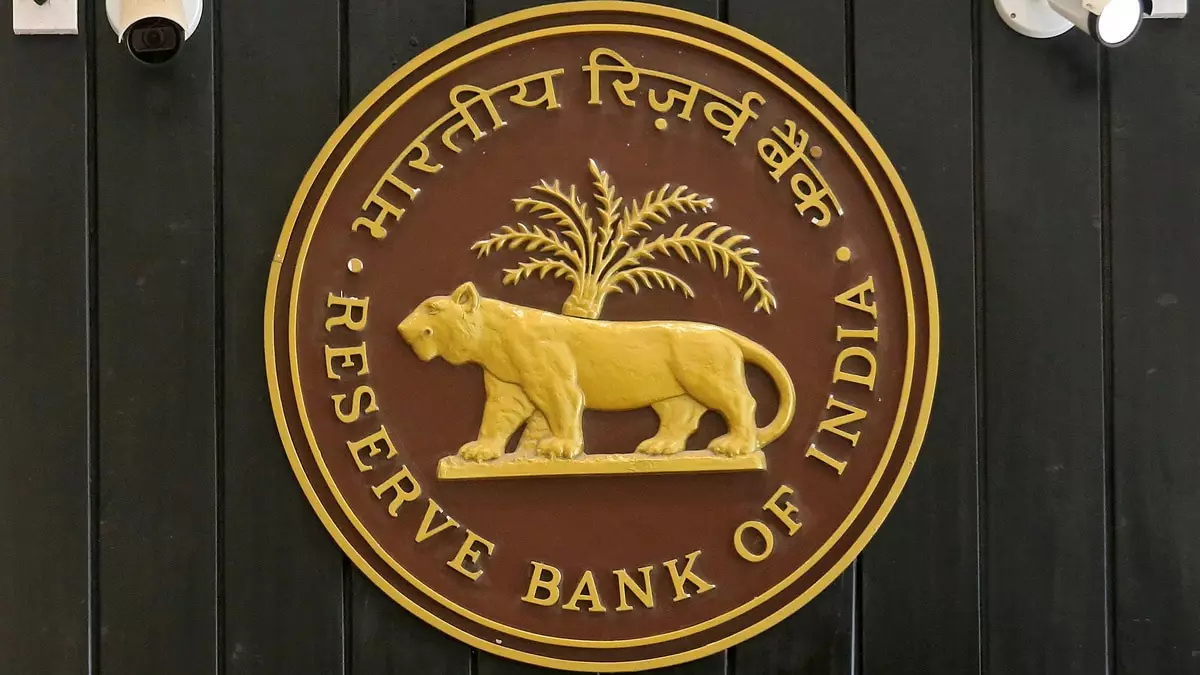On December 30, 2024, the Reserve Bank of India (RBI) unveiled its Financial Stability Report, shedding light on the burgeoning practice of asset tokenisation facilitated by blockchain technology. This groundbreaking report explored the potential of this financial innovation while simultaneously addressing the apprehensions that accompany its adoption. As the world witnesses an acceleration in financial technologies, with predictions of significant advancements by 2025, the RBI’s insights serve as a pivotal guide to understanding the implications of these changes for the Indian financial landscape.
Asset tokenisation refers to the process of digitising physical assets, enabling their representation as fractional units on a blockchain. This practice is gaining traction among investors in India, particularly concerning financial assets such as bank deposits, shares, and government securities. The RBI acknowledged the promise that asset tokenisation holds for enhancing market liquidity by allowing asset owners to sell portions of their physical holdings. This innovation could potentially revolutionise traditional financial transactions, broadening participation and facilitating access to previously illiquid assets like real estate.
Despite the optimism surrounding asset tokenisation, the RBI emphasized that the concept remains in its nascent stages. Industry experts agree that while the potential benefits are considerable, the risks associated with distributed ledger technology (DLT) cannot be overlooked. Concerns regarding the stability of financial systems stem from issues such as liquidity shortages, maturity mismatches, and operational challenges that could arise as this technology becomes more pervasive.
The RBI’s report articulates a clear concern about the vulnerabilities introduced by asset tokenisation to the existing financial frameworks. As the report clarifies, the implications of these vulnerabilities may currently be limited due to the early-phase adoption of the technology. However, as the ecosystem matures, the intersection of traditional finance with decentralised finance (DeFi) could lead to unforeseen consequences if not managed prudently.
Moreover, the impact of these risks extends beyond the individual investor to the broader economy. With the increasing integration of tokenised assets into the financial system, existing regulatory frameworks may need to evolve to mitigate risks effectively. Critics argue that without robust regulatory oversight, the asset tokenisation space could become a breeding ground for instability, ultimately jeopardising investor confidence and financial security.
The RBI’s stance on cryptocurrencies remains firm and cautious. The report highlighted the volatile nature of crypto-assets, which continues to perplex policymakers as they grapple with defining a coherent regulatory strategy. The internal document referenced insights from the International Monetary Fund (IMF) and Financial Stability Board (FSB), underscoring the macroeconomic risks associated with a surge in cryptocurrency adoption.
The potential ramifications of these digital currencies include the weakening of monetary policy effectiveness, increased fiscal risks, and difficulties in managing capital flows. The RBI’s concerns channel broader apprehensions about cryptocurrencies’ capability to divert essential resources from the real economy, undermining overall financial stability.
Interestingly, while the Indian government has yet to establish a formal timeline to devise comprehensive regulatory frameworks for cryptocurrencies, shifts in global regulatory environments—particularly in the United States—could spark changes in India’s approach. Observers anticipate that proposed regulatory changes in the U.S. under an incoming administration could influence Indian policymakers to act more decisively regarding crypto regulation.
As the landscape of asset tokenisation and cryptocurrencies continues to develop, the RBI’s insights will play a crucial role in shaping the future of finance in India. Balancing the innovative potential of blockchain technologies against the necessity of maintaining financial stability is no small feat. As traditional financial institutions explore engagement with crypto-assets, a collaborative regulatory approach will be vital to ensure that the integration of cryptocurrency and tokenised assets into the financial fabric enhances, rather than undermines, overall stability.
The RBI’s Financial Stability Report serves as both a cautionary tale and a beacon of opportunity, highlighting the complex terrain that awaits regulators, financial institutions, and investors alike. As innovations like asset tokenisation mature and cryptocurrencies gain traction, stakeholders must be prepared to navigate the uncharted waters of this transformative financial era.

Leave a Reply